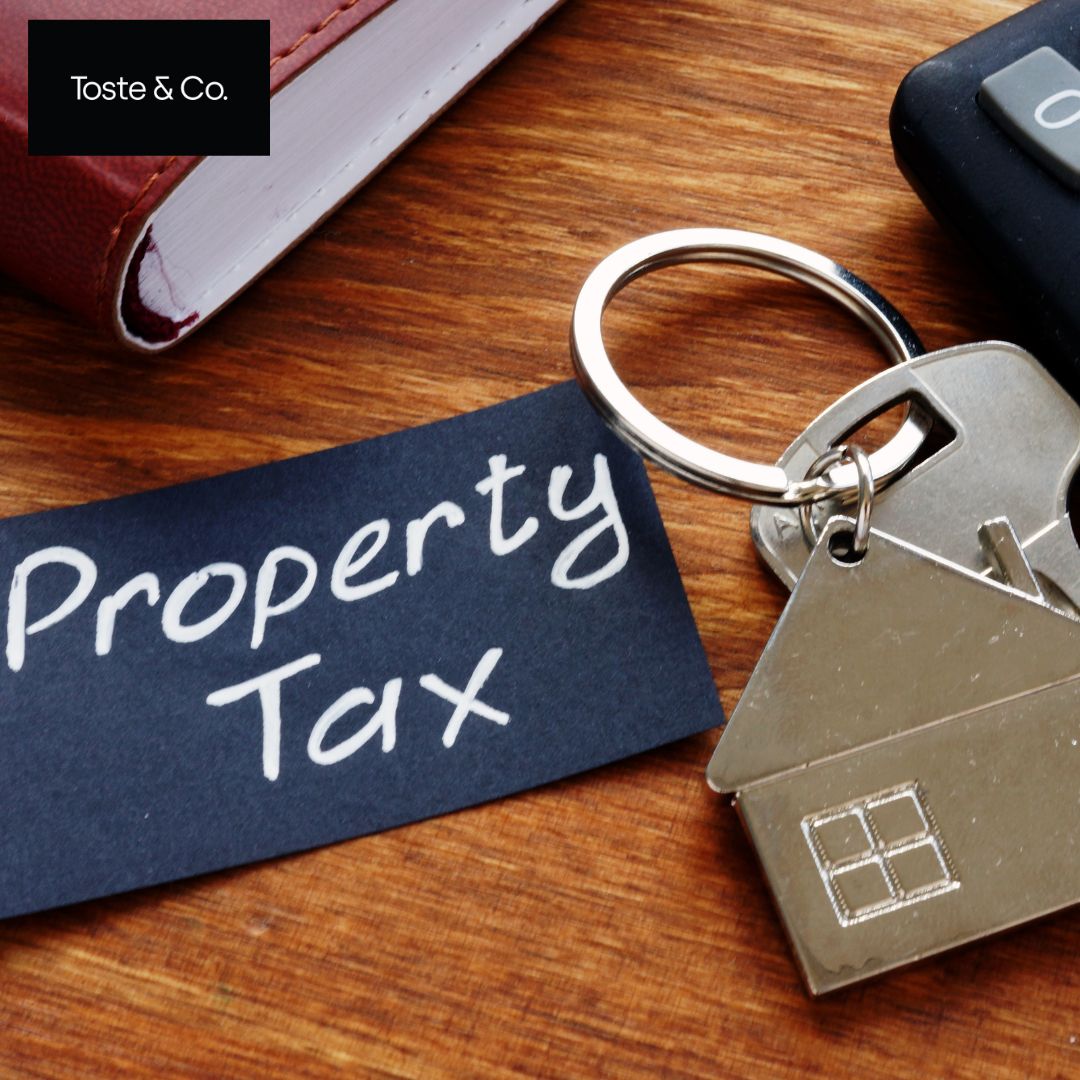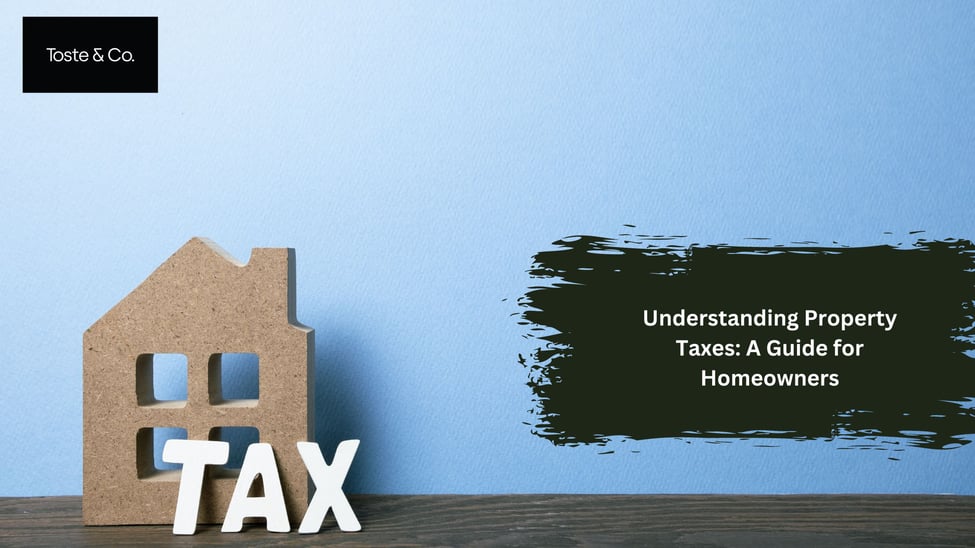Property taxes are an essential aspect of homeownership, yet they often remain one of the most misunderstood components of owning a home. For Canadian homeowners, understanding how property taxes work can help in budgeting, planning for the future, and even making informed decisions about buying or selling a property. This guide aims to demystify property taxes, explaining what they are, how they’re calculated, and what you can do to manage them effectively.
What Are Property Taxes?
Property taxes are levies imposed by local governments—municipalities, provinces, or territories—on real estate properties. These taxes are a primary source of revenue for local governments, funding essential services such as public education, road maintenance, emergency services, and local infrastructure projects.

How Are Property Taxes Calculated?
In Canada, property taxes are calculated based on two main factors: the assessed value of your property and the tax rate set by your local government.
● Assessed Value: This is the estimated market value of your property as determined by a municipal assessment authority. These assessments are typically conducted annually or every few years, and they reflect the current market conditions.
● Tax Rate (Mill Rate): The tax rate is expressed as a percentage or a rate per $1,000 of assessed property value. Municipalities set this rate based on their budgetary needs and the total value of properties within their jurisdiction.
For example, if your home is assessed at $500,000 and your municipality’s tax rate is 1.2%, your annual property tax would be $6,000.

Factors That Influence Property Taxes
Several factors can affect your property taxes, including:
● Location: Properties in urban areas with more services and amenities often have higher assessed values and tax rates compared to rural areas.
● Property Improvements: Renovations or additions to your home, such as a new garage or a finished basement, can increase your property’s assessed value, leading to higher taxes.
● Market Conditions: A booming real estate market can lead to higher property assessments, while a downturn can have the opposite effect.
● Local Government Needs: Municipalities may adjust tax rates based on their budgetary requirements, which can vary from year to year.

How to Manage and Plan for Property Taxes
● Stay Informed: Keep an eye on your property’s assessed value and the local tax rate. Municipalities usually provide a notice of assessment, which you should review carefully.
● Appeal if Necessary: If you believe your property has been over-assessed, you have the right to appeal. Provide evidence such as recent sales of comparable properties in your area to support your case.
● Budget Accordingly: Property taxes are typically paid annually, but many municipalities offer payment plans that allow you to spread out the cost. Budgeting for these payments can prevent financial strain.
● Tax Credits and Exemptions: Explore available tax credits or exemptions, such as those for seniors, veterans, or low-income homeowners, which can reduce your tax burden.

In Closing
Understanding property taxes is crucial for managing one of the most significant ongoing costs of homeownership. By staying informed about how they are calculated and knowing your rights and responsibilities, you can better plan your finances and make informed decisions about your property. Whether you’re a new homeowner or have been in your home for years, keeping property taxes in check is a key part of responsible homeownership

